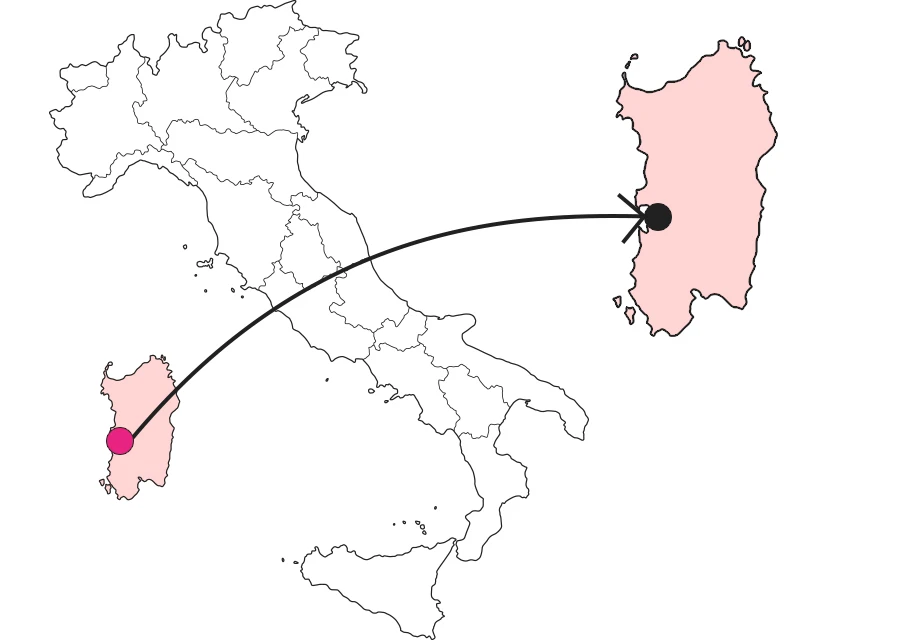SHARRYLAND


The Sacred Well of St. Christina
One of the most mysterious and fascinating archaeological sites in Sardinia


Where is

What is St. Christina's Well and where is it located?
The well of Santa Cristina is named after a small church not far away, but it has nothing to do with the Christian saint. It is a much older well, related to the Nuragic civilization, which is located within the Santa Cristina archaeological park along with two other sites: a Christian village and a Nuragic village consisting of a nuraghe, a meeting hut and other buildings used as taverns or dwellings.
Not to be missed around the well: the Christian village...
The Christian village dates back to the Middle Ages and consists of the small church dedicated to Santa Cristina, and simple dwellings reserved for the monks. Even today the shrine is revived in May, during the novenary, and the little houses host pilgrims from all parts of Sardinia.
... and the nuragic village
TheNuragic village is distinguished by the Nuraghe made of basalt stones that is perfectly preserved inside. Surrounding it are several structures: a hut (more recent than the nuraghe) perhaps used for livestock; a circular structure with a seat running around the perimeter wall (only the base remains today) that must have been used for meetings; and next to it another circular structure that probably served as an enclosure for sacrificial animals. If the site, as it seems, was a shrine, the other buildings of which only the base remains would then be workshops for merchants during the festivals.
Why it is special: the well of St. Christina
But the most extraordinary thing about the archaeological site is surely the well of Santa Cristina: a long trapezoidal staircase of perfectly regular stones that penetrates into the heart of the earth until it reaches the water, a tholos, a perforated dome covering the well, around stones also arranged in a regular manner to isolate the sacred area from the rest, all around olive trees.
Curiosity: the mysterious shapes of the well.
A curious phenomenon has led many scholars to speculate that the well
A bit of history
The nuragic village is dated between 1500 -1200 B.C., more recent is the well, dating back to the 11th century B.C., while the small church is from the 13th century.
Enter the Map of Italy's Undiscovered Wonders and find treasures where you least expect it... Inspire, Recommend, Share...
The Map thanks:
Enter the Map of Italy's Undiscovered Wonders and find treasures where you least expect it... Inspire, Recommend, Share...
Where is


